The Henry Moore Institute in Leeds brings together a group of sculptures that were collected or exhibited in Britain between 1850–1900 for this exhibition, which contends that the increasing use of polychromy, as well as the evolving ways in which male sculptors represented the female form, can both be understood as reflections of the social anxieties of the Victorian period. British sculptors began to shift away from neoclassical white marble to incorporate bronze, silver, gold, ivory and semi-precious stones – a response to new discoveries about the classical past and to the Gothic Revival, but also an indication of a vogue for exoticism that was at play, too, in the increasing sexualisation of the female figure. The ideals of feminine purity presented in works such as Antonio Canova’s Venus (known as the Hope Venus; 1817–20) appear in stark contrast to sculptures created in the latter half of the century. For instance, George Frampton, a member of the New Sculpture movement, was typical of his era in depicting Keats’s Lamia as a menacing femme fatale in his sculpture of 1899–1900. Representations of Black women were often particularly sexualised during a period of increasing imperial activity in Africa; on display here is Charles Cordier’s Vénus Africaine (1852), with the figure’s beaded coral necklace and gilded earring reinforcing the overall impression of exoticism. As such, the exhibition considers the role of colour in Victorian sculpture through both an aesthetic and a social lens, to state the case for these works as both an embodiment and a reflection of rapid societal change. Find out more on the Henry Moore Institute’s website.
Find out more on the Henry Moore Institute’s website.
Preview below | View Apollo’s Art Diary here
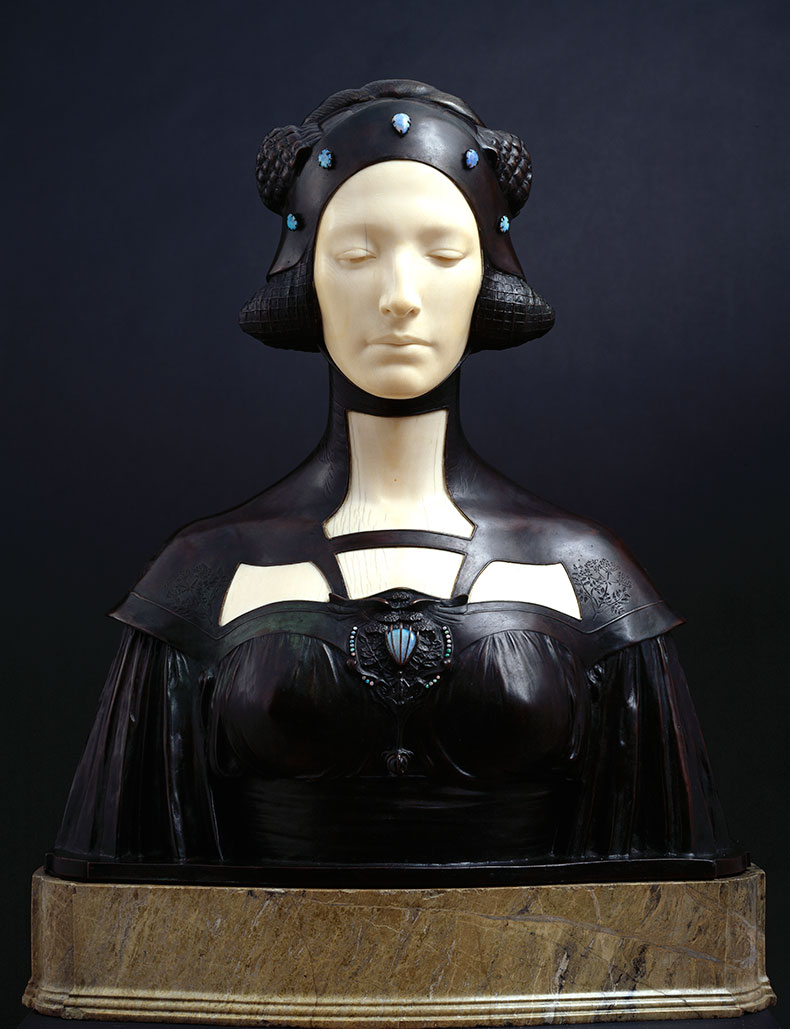
Lamia (1899–90), George Frampton. Photo: Paul Higham; © Royal Academy of Arts, London
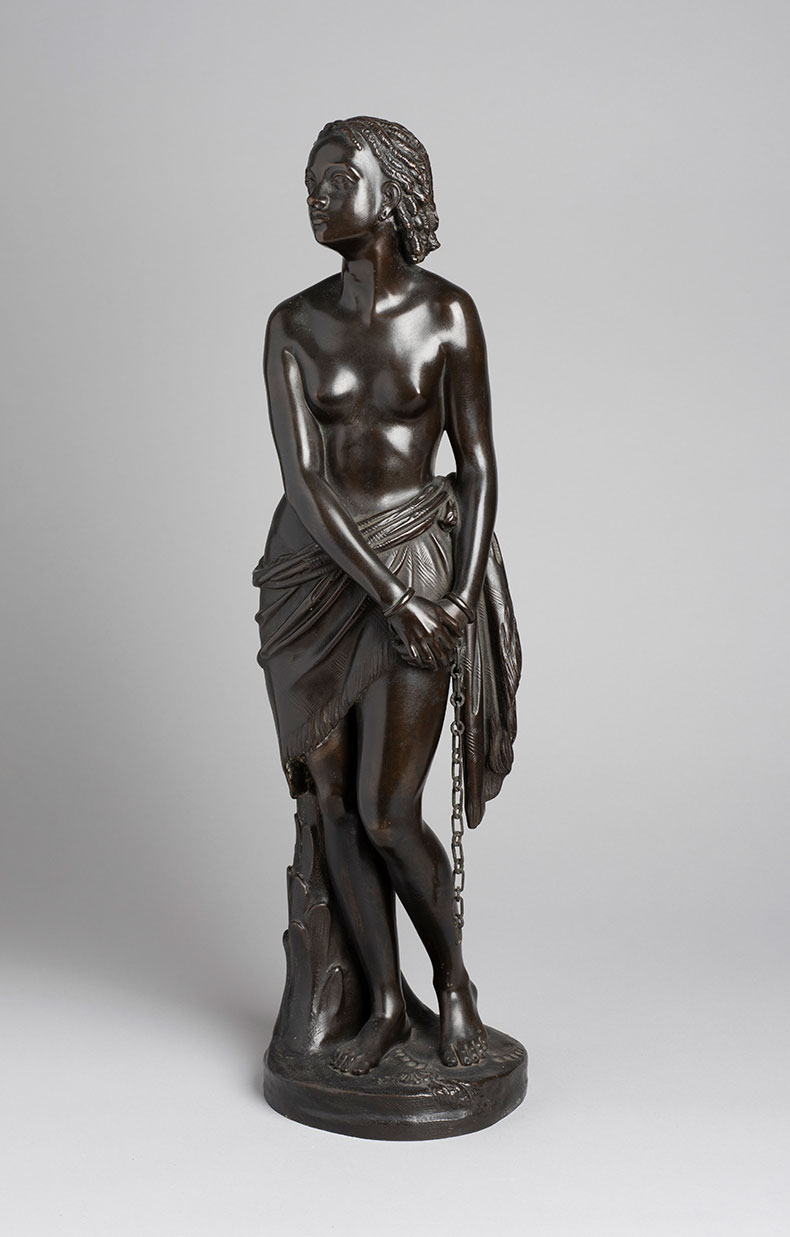
The Manacled Slave/On the Sea Shore (1877), John Bell. Photo: © Aberystwyth University School of Art Museum and Galleries
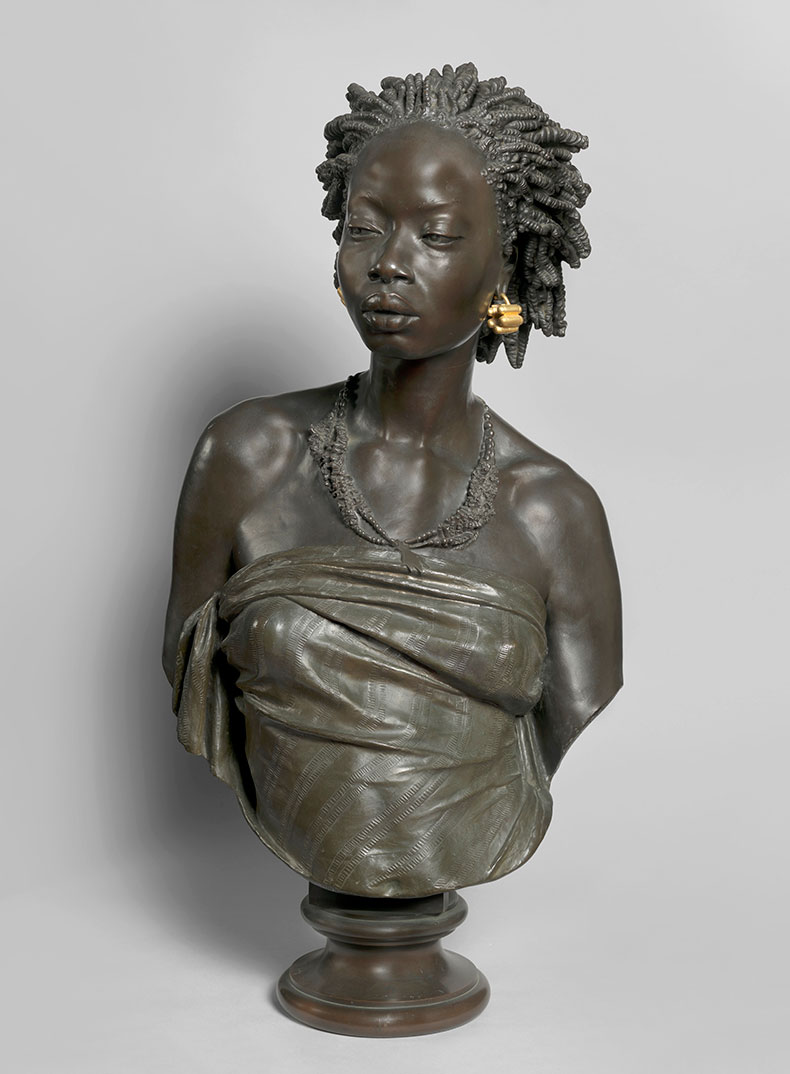
Vénus Africaine (1852), Charles Cordier. Photo: © His Majesty King Charles III 2022
Unlimited access from just $16 every 3 months
Subscribe to get unlimited and exclusive access to the top art stories, interviews and exhibition reviews.


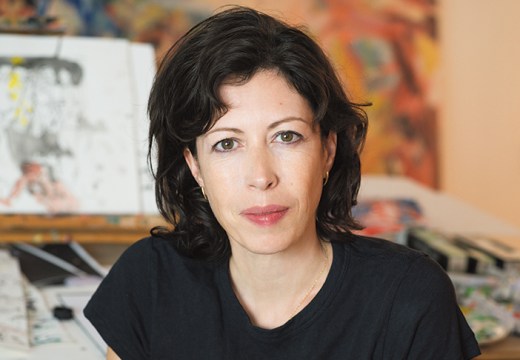
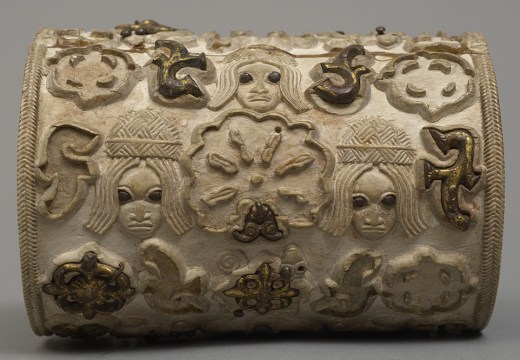










![Masterpiece [Re]discovery 2022. Photo: Ben Fisher Photography, courtesy of Masterpiece London](http://www.apollo-magazine.com/wp-content/uploads/2022/07/MPL2022_4263.jpg)
Has the Fitzwilliam got its rehang right?